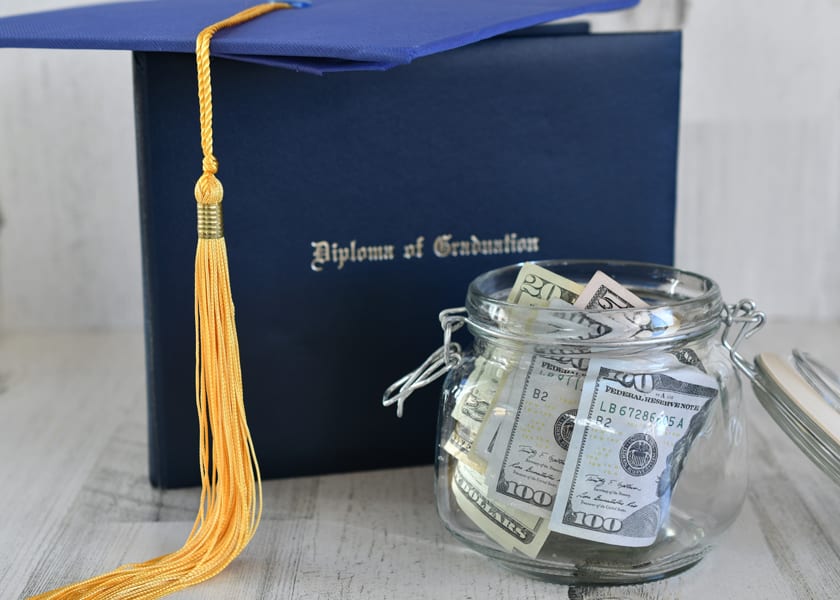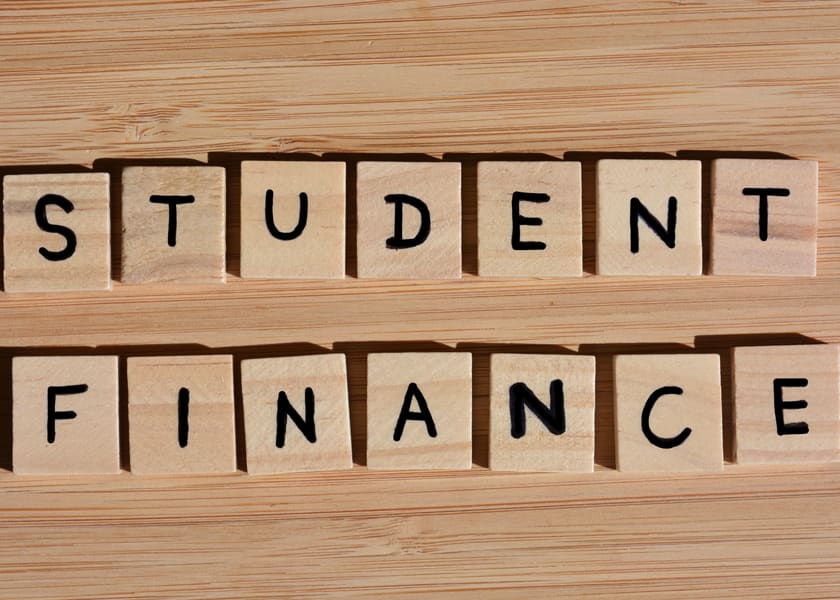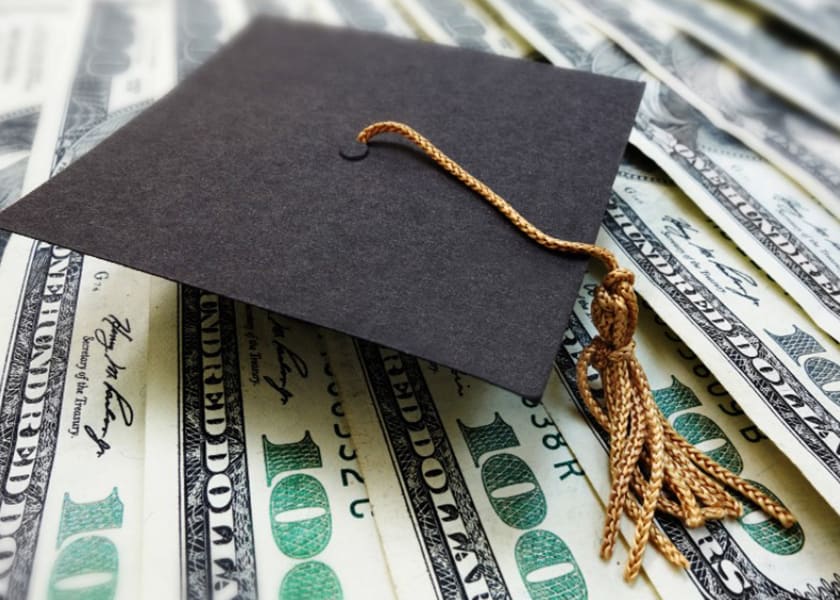Best Student Loan Provider
Credible 
Compare Rates from Multiple Lenders
- Check Pre Qualified Rates in 2 Min.
- Compare From 9 Top Lenders
- Does Not Affect Your Credit Score*
- Easiest Online Process
Student Loan Forgiveness
The specific rules and eligibility requirements vary among different types of forgiveness programs — we'll go over them below — but in general, qualifying comes down to working in an eligible career field and having the right type of federal student loans.
For example, if you work in public service and make on-time payments for 10 years (meaning you don't miss any months or make any late payments), all of your remaining debt will be forgiven. Your total balance is what counts — so if you have $53,000 in federal student loans and they're all eligible to be forgiven, but after making on-time payments for 10 years you still owe $40,000, that's how much will be forgiven.
What Jobs Qualify?
Federal Student Aid offers a number of different lists: those working with children; those working at nonprofits; those providing services such as law enforcement guidance and health care; those serving people who are blind, deaf, or have other disabilities; those in law enforcement or corrections; clergy members; firefighters and wildland firefighters, paramedics, rescue squad members who are volunteers or employees of government organizations working to prevent terrorism. But remember that you must also make on-time payments for 10 years while working full time in public service before your debt is forgiven.
Types of Forgiveness Programs
Many students can benefit from the Public Service Loan Forgiveness (PSLF) program and teachers should investigate the Teacher Loan Forgiveness Program — but those aren't your only options. You might also be able to lower your monthly payment by refinancing federal loans with a private lender, consolidate them into one loan, or take advantage of an income-driven repayment plan such as PAYE or IBR. To explore those options, check out our Student Debt Repayment Options Guide.
Everything Else
Normally, federal student loans that qualify for public service forgiveness must be Direct Loans through the William D. Ford Federal Direct Loan Program. But there are exceptions to that rule, so double-check if you have a different type of loan. Some student loans can be forgiven at the end of 20 or 25 years instead of 10, if certain types of federal loans weren't used to pay for school costs right away. There are often extra eligibility requirements for these programs as well, such as working in public service during the entire time you're repaying your debt through income-driven repayment or IBR plans, or the Public Service Loan Forgiveness program.
Do I Qualify?
Bad news: If you default on a federal student loan, the entire balance becomes immediately due. Some repayment plans can postpone or lower your monthly payment while you're in school or unemployed, but if you miss months of payments during that time it can lead to a default and serious consequences.
Taxes will be taken out of any forgiveness amount that's forgiven at the end of your repayment period — usually 10 years for PSLF. In other words, not only will part of the remaining debt be added back to what you owe, but there might also be a tax bill due on top of that.
Other Options
There are some very limited options for reducing or canceling federal student loans, such as disability discharge and closed school discharge — but those aren't your only choices. State programs might offer student loan assistance for residents who work in specific professions or live in certain regions of the state. For example, some states forgive all or part of a person's public student loan if they agree to teach at a public school in the state after graduation.
In some cases, private lenders can also cancel some or all of your debt through bankruptcy proceedings. But this will depend on what type of loan you have and what type of bankruptcy you're filing under, so it's not always an option worth pursuing.
Conclusion
Student loans are a reality for many of us, and it can be tempting to ignore them while you're in school. But this is the worst thing you could do because student loan debt will only get worse if not dealt with early on. There are several types of forgiveness programs available, so make sure to explore your options before starting repayment. If all else fails, there's always bankruptcy as an option...but don't put yourself in that position unless absolutely necessary!













